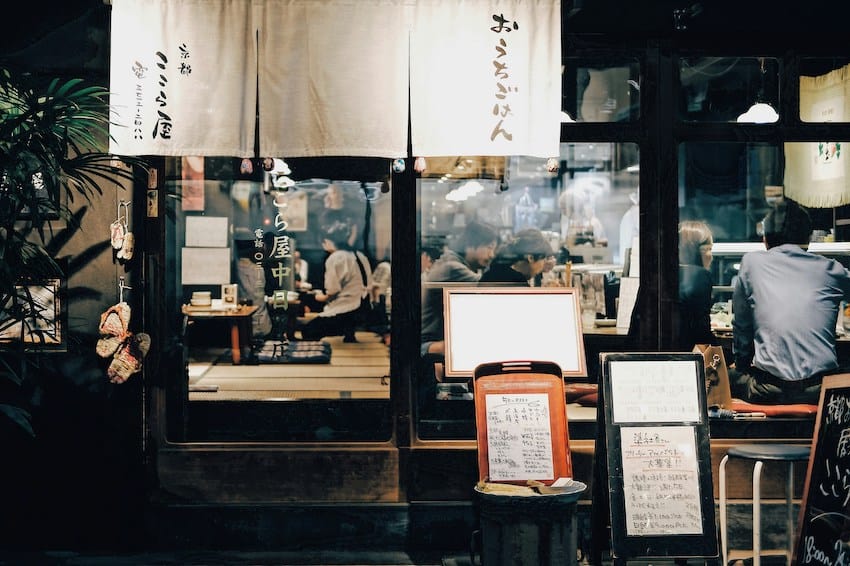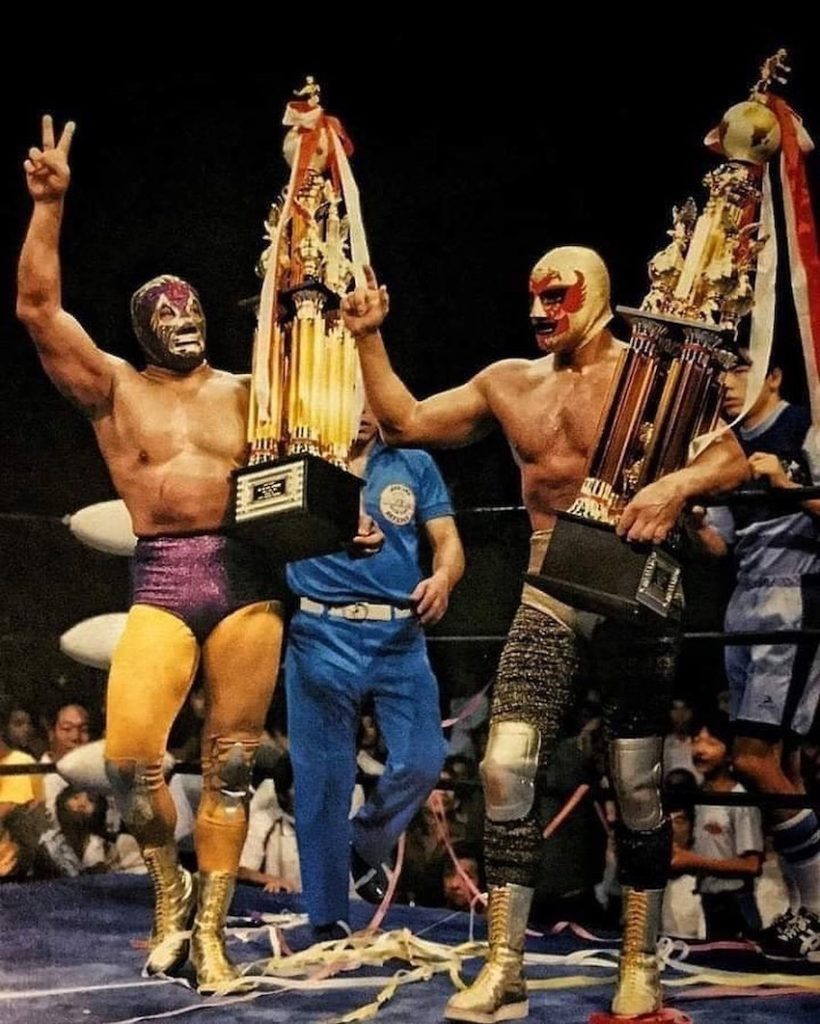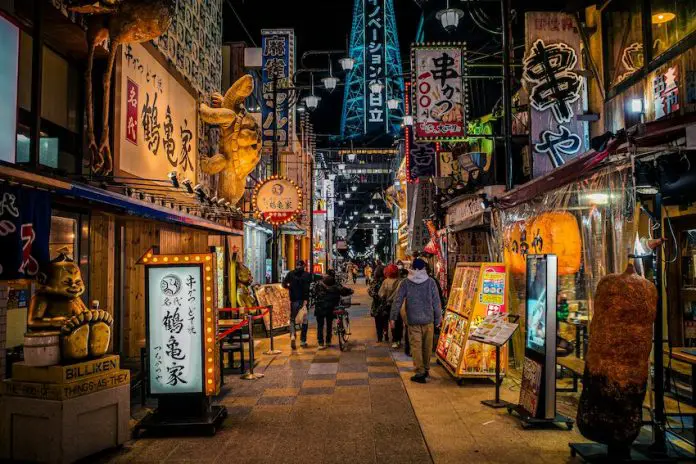If you’ve ever ventured to the eastern side of Avenida Reforma near the Angel of Independence, you might have noticed an abundance of Japanese outposts.
In the residential part of Cuauhtémoc borough, you’ll encounter some of the city’s best sushi and ramen restaurants, not to mention a ryokan hotel that is all but hidden by a lively Spanish tapas bar next door. The area is unofficially known as Mexico City’s Little Tokyo District thanks to Edo Kobayashi, the Tijuana-born founder of Nippon hits like Rokai and Tokyo Music Bar. But wait a minute – Japan? Tijuana? Mexico City?

To make it make sense, we need to take it back to 1609, when the Spanish galleon San Francisco was making its way from Manila (the Philippines was part of New Spain at the time) to Acapulco.
The vessel was likely carrying silks and spices in exchange for silver and other precious medals, but it wrecked off the coast of Japan. The crew was rescued by Japanese fishermen, and a few months later, they sailed again to Acapulco, but this time on a Japanese ship with representatives from the land of the rising sun. This marked the moment of “first contact” between the two nations.
With the 19th century came Mexico’s independence and the Meiji Restoration in Japan, a tumultuous time when centuries of societal structure was reconfigured to make way for more Western-style policies. This led to the first wave of Japanese immigrants to Mexico in Chiapas in 1897.
Over the years, Japanese communities in Mexico flourished and by the 1920s they expanded north to regions like Baja California, Sonora and Sinaloa. There are records indicating that approximately 1,000 Japanese nationals resided in Mexico City at this time.

There are at least 10,000 Japanese living in Mexico today, the majority working in the auto industry and residing in Querétaro, Guanajuato, and León.
I had the pleasure of meeting Marie Sato, deputy director of Mexico City’s Fundación de Japón en México and Japan native. I noted her excellent command of Spanish and asked about her experience learning the language. She explained to me that vocal similarities in pronunciation has made articulation quite easy.
Mexicans too seem to find the Japanese language intriguing — according to Ana Solis, Activities Coordinator at the foundation, their free online language classes have more Mexicans enrolled than any other nationality worldwide.
On a more personal note, I recently took advantage of the direct flight from Mexico’s Benito Juárez International Airport to Narita International in Tokyo. Mexico is always on my mind and it’s hard to shut off my internal comparison mechanism.

While exploring different parts of Japan, I was pleasantly surprised by a few noteworthy similarities:
- Rich and distinctive cuisines. Different ingredients, equally ancient, same reverence. There is so much love and pride behind their cuisines, it’s hard to ignore the similarity.
- Wrestling. Professional wrestling in Japan is a big deal. In the 1970s, Mexican Lucha Libre fighter Mil Mascaras debuted in the island nation. The Japanese were so taken by his acrobatic combat style and mask that wrestlers began traveling to Mexico to train in the Lucharesu style. Soon after came Tiger Mask, the popular comic book character that lived the life of a masked wrestling superhero. In 2003, pro wrestler The Great Sasuke was elected as an Iwate Prefectural Assembly legislator and often donned his mask along with a suit and tie to legislative sessions.
- Public displays of devotion. Shinto and ancient Mesoamerican religions revere many gods and devotees are at liberty to practice elements from multiple religions. Each country is brimming with unexpected altars or other small areas of worship on the street or in parks.
- Ancient grains. Corn in Mexico and rice in Japan are much more than just a source of calories. These grains have shaped each country’s cultural identity, harboring deep historical significance.
- Work ethic. According to the World Economic Forum, Mexicans work more hours per year than any other country. The Japanese are also known to abide by a “live to work, not work to live” mentality — to the point of fatally overworking themselves. Both Mexicans and Japanese see work as virtue, and staying late is seen as a gesture of loyalty and commitment.
- Family as a pillar of society. In both Mexico and Japan, family comes before all else. Japan’s official registry regards the household to be the basic unit of society (koseki), rather than the individual. This is similar to Mexican society, where parents, siblings and elders are seen as contributing greatly to one’s identity, and whose needs are often prioritized before those of the individual.
Bethany Platanella is a travel planner and lifestyle writer based in Mexico City. She lives for the dopamine hit that comes directly after booking a plane ticket, exploring local markets, practicing yoga and munching on fresh tortillas. Sign up to receive her Sunday Love Letters to your inbox, peruse her blog, or follow her on Instagram.
This article is part of Mexico News Daily’s “Japan in Focus” series. Read the other articles from the series here.
